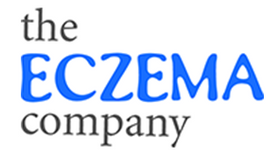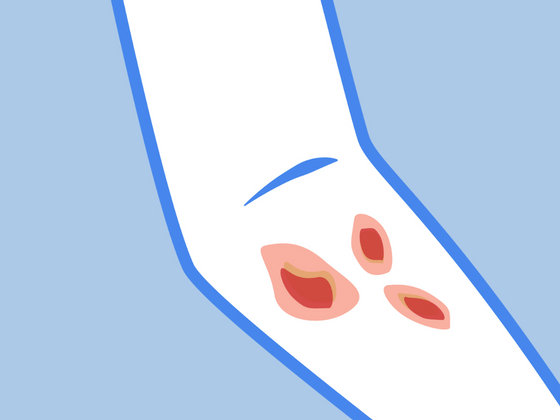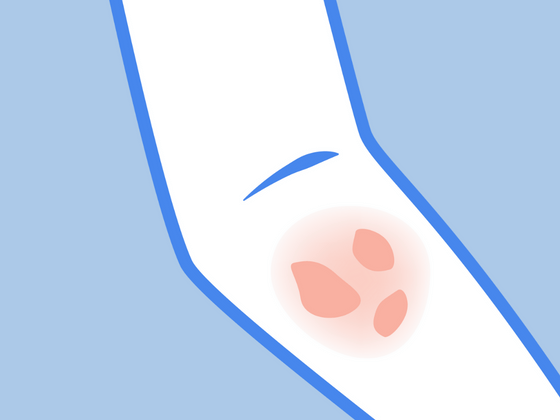Wondering what the difference is between seborrheic dermatitis vs. dandruff? You’ve come to the right place. While both conditions may cause scalp itchiness and flaking, it’s important to be able to tell them apart. In this blog post, we’ll cover over the symptoms, causes, and key differences to help you determine whether it’s seborrheic dermatitis or dandruff.
Please keep in mind that although what we discuss in this post can relieve eczema, we are in no way medical professionals. If you’re experiencing severe eczema symptoms like an infection, it is best to seek medical advice immediately.
What is Seborrheic Dermatitis?
Seborrheic dermatitis is a condition that causes crusty scales to appear. These scales tend to be brown, white, or yellow. It typically develops in places where the skin is oilier. For this reason, it commonly develops on the scalp, behind the ears, and on the sides of the nose. In babies, seborrheic dermatitis is known as cradle cap.
What is Dandruff?
Dandruff is a common skin problem that affects up to 50% of the population. While it can be embarrassing - especially if flakes fall off the scalp and land on your clothes - it usually isn’t very serious. Like with seborrheic dermatitis, dandruff can lead to an itchy scalp. A key difference between the two is that dandruff only occurs on the scalp.
Seborrheic Dermatitis vs. Dandruff: Causes
Dandruff usually begins during puberty. For some people, it may improve with age but it can also be a lifelong problem. Because dry skin can lead to small flakes appearing on the scalp, dandruff tends to get worse during the winter. This is because cooler temperatures have a tendency to further dry out the skin. In addition, men are more likely to get dandruff compared to women due to the fact that their oil-producing glands are larger. On the other hand, seborrheic dermatitis is more likely to occur in people whose family members also have the condition. Symptoms can also be exacerbated by stress, fatigue, and extreme weather conditions.
Treatment Options for the Scalp
We believe natural treatments are best for long term healing and relief. Here are some of our recommends for treating seborrheic dermatitis scalp psoriasis vs dandruff:
20% Pine Tar Soap with Tallow
A eczema soap known for its ability to reduce inflammation, itching, and scaling. Use it as a shampoo to treat dandruff, seborrheic dermatitis, scalp eczema, and psoriasis.
Organic Aloe Vera for Eczema Skin Soothing Spray
A powerful eczema cream for soothing relief that contains calendula and aloe vera. Thanks to its non-greasy formula, it’s a great choice for using on the scalp. To make the most out of this cooling treatment, store in the refrigerator between uses.
Emily Liquid Soap Soother
Free from parabens, sodium laurel or laureth sulfate (SLS), this shampoo and natural body wash is a natural remedy for the scalp. It was specially formulated using the principles of Chinese medicine. While it’s gentle enough for babies, just be careful around the eyes. As it is truly a natural product, no ‘tear-free’ chemicals have been added.
References:
https://www.uspharmacist.com/article/is-it-dandruff-or-seborrheic-dermatitis
https://www.healthline.com/health/psoriasis/psoriasis-vs-seborrheic-dermatitis
https://www.webmd.com/skin-problems-and-treatments/psoriasis/scalp-psoriasis-vs-dandruff
------------------

Bio: Laura is a contributor and content developer for The Eczema Company. She is in no way a medical professional. Her comments, suggestions, and reflections are not intended to replace any medical advice. Always seek the help of a medical professional before undertaking any diet or lifestyle changes.








